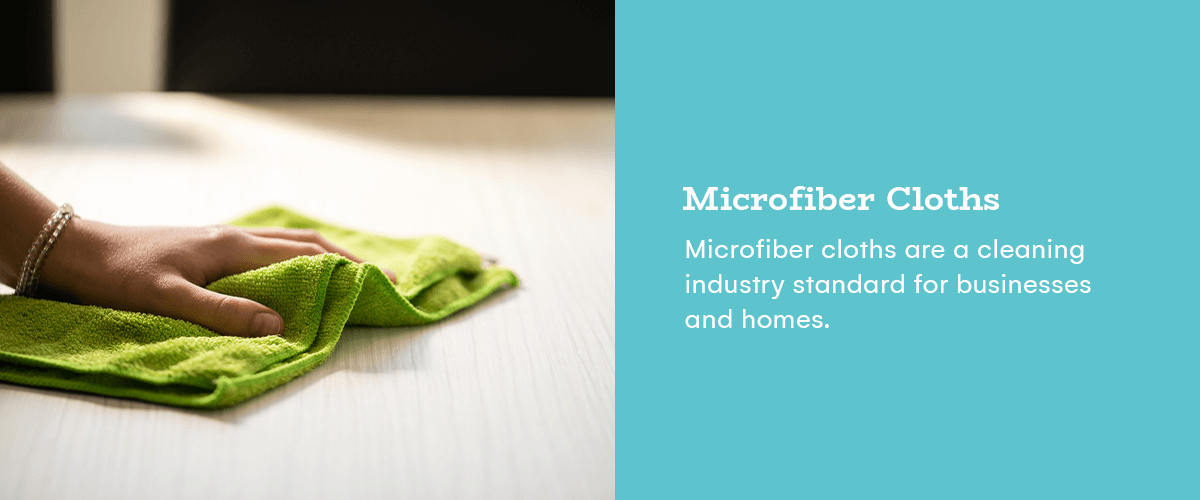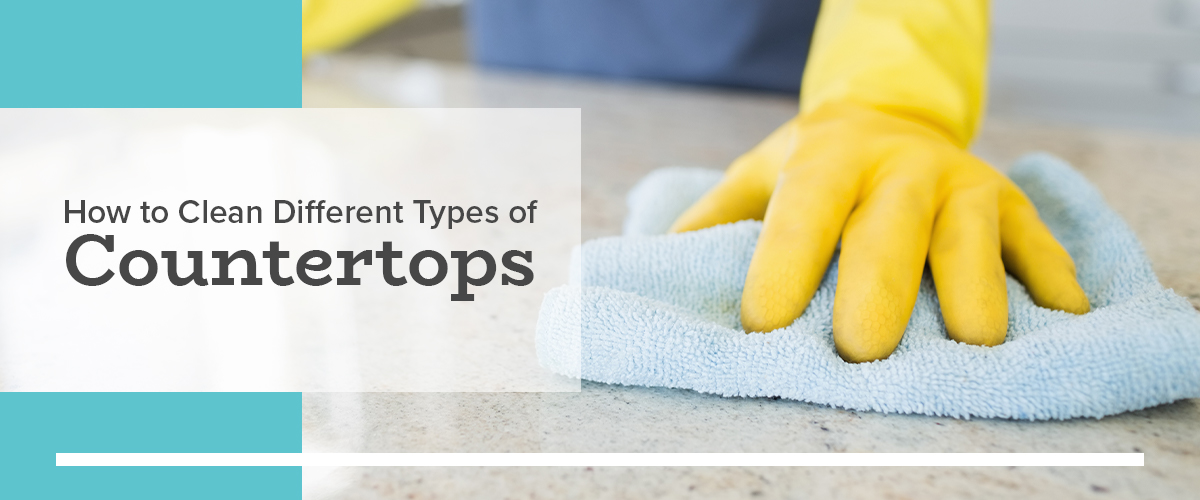When you have an ever-growing to-do list, dusting can easily fall to the bottom of priorities. Unlike a carpet that needs vacuuming or dirty countertops, dust particles are less obvious and often escape notice until a thick layer has already formed. The problem is that dust can creep into the smallest spaces and highest reaches.
You may not even notice that a layer of dust has accumulated until it’s taken over every nook, cranny and hard-to-reach spaces. However, with the right tools, you can tackle even the biggest dust bunnies with minimal time and effort.
From microfiber cloths and feathers to sprays, several different types of dusters all play a role in tidying your home. This article shows you the differences between duster types, how to use them and the dangers of leaving dust unattended.
Why Do I Need to Dust My Home?
A thick layer of dust can make your favorite room and chic furniture look drab. While no one likes coming home to a dirty house, dusting is a chore that’s easy to procrastinate. Growing dust bunnies may not have the same urgency as a stack of dirty dishes, but it can affect your health and home just as much.
Dust may seem harmless, but it consists of tiny allergen particles such as:
- Dirt
- Hair
- Pollen
- Bacteria
- Dust mites
- Dead bugs
- Pet dander
- Clothing fibers
- Dead skin cells
- Microscopic pieces of plastic
If you aren’t prone to allergies, you may think a little dust isn’t a big deal. However, dust can trigger reactions that you may not even realize are a response to these allergens. Along with sneezing, coughing and clogged sinuses, dust can also cause eye irritation, respiratory problems, hay fever and asthma attacks.
With the right tools, you can tackle any dusty surface swiftly and easily.
The Different Types of Dusters
Every cleaning tool has its own purpose. The kind of duster you use will depend on the surface or space you’re cleaning. While relying on multiple dusters may seem redundant, the many uses of dusters allow you to reach underneath furniture, on top of light fixtures and across fragile blinds.
1. Feather Dusters
Feather dusters were once widely popular because of their light weight and ability to attract dust. They were traditionally made with real ostrich feathers, but they use synthetic feathers today.
Unfortunately, feathers aren’t the most effective tool. Feather dusters don’t trap dust but push it around and brush it into the air. Once you’ve moved on to the next surface, the dust will settle down again as if you never touched it.
However, the gentle touch of a feather duster makes it perfect for cleaning fragile items such as mirrors, glassware, china and picture frames with a quick swish. Feather dusters can clean the most delicate items without risking damage.
2. Microfiber Cloths
Microfiber cloths are a cleaning industry standard for businesses and homes. The tiny threads are super soft and create a small electrical charge so static cling picks up more trapped dust than any other material.
Microfiber is versatile and durable against heavy-duty cleaning. These cloths come in all shapes and sizes, can be used with detergents, cleaners and warm soapy water, and are hypoallergenic. Microfiber cloths are also washable and reusable, so they will help your budget and the environment.
The one downside to using microfiber cloths is that once dirt is trapped, it will stick to the cloth until it’s washed. The remaining residue can scratch delicate surfaces.

3. Vacuum Dusters
Never underestimate the power of a fully equipped vacuum! Cloths, gloves and various types of feather dusters simply wipe the dust away, whereas a vacuum picks up and traps the dust in one place. A vacuum duster is the only tool that will suction dirt and debris from upholstery, carpets, curtains and sheets.
Patting or shaking off your cushions and pillows only releases the dust on the surface, which settles back into the fabric. All that circulating dust can cause you more sneezing and coughing.
As long as you use the appropriate brush attachments, you can use a vacuum duster on furniture, carpets and light fixtures, making it the best duster for cleaning fabrics.
4. Dusting Gloves
Dusting gloves are a convenient method for clearing away dust quickly. With just one swipe, your furniture is debris-free.
Dusting gloves are made of rubber or microfiber, ensuring that the dust won’t transfer between surfaces. They are reusable and safe on wood, glass, blinds, curtains and even plants. Just make sure that you rinse them off between uses so they stay in pristine condition.
The only downside to using dusting gloves is that they aren’t widely available. They are usually sold in dollar stores during the winter but are otherwise accessible online.
Should I Use Dusting Sprays?
Using dusting sprays can help you remove the most dust and protect your surfaces from scratches. Dusting with a damp cloth collects more dust and prevents dry dust from damaging your furniture.
Just be sure to spray your microfiber cloth or dusting gloves rather than your furniture. Spraying your furniture directly can cause a waxy buildup, making it more difficult to remove dust. Additionally, check to ensure your dusting spray is appropriate for your furniture materials, as some sprays aren’t suitable for wood or stainless steel.
What Type of Duster Is Best?
Every duster has its place in the home, especially when it comes to the items on your chore list. However, if there had to be a definitive best duster for house cleaning, it would be a tie between microfiber cloths and vacuum dusters.
Microfiber cloths are affordable, resilient and can be used on most surfaces, but they don’t stand a chance against couch cushions. That’s where the vacuum duster comes in. A vacuum picks up the slack for everything that a cloth duster can’t do. Together, you’ll have everything you need to ensure your home is dust-free.
Hire Rent Maids to Clean Your Home
When the dust settles, Rent Maids is there to clean it up!
Between work, family and the everyday pressures of life, the last thing you need to worry about is keeping your home clean. Rent Maids takes on the task of cleaning, so you have more time to enjoy yourself, whether it’s out with friends or in the comfort of your home.
At Rent Maids, we’ve solidified our reputation for delivering exceptional cleaning services for the DMV area, including Arlington, Alexandria, Bethesda and Silver Spring.
You can get a personalized quote instantly! Fill out our online calculator today and schedule your customized cleaning service to reserve your spot!

